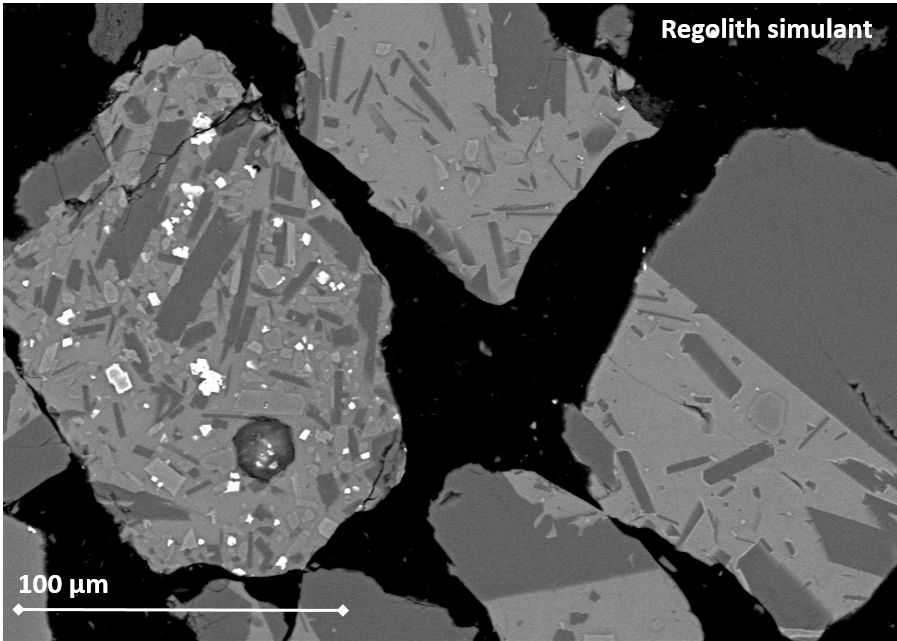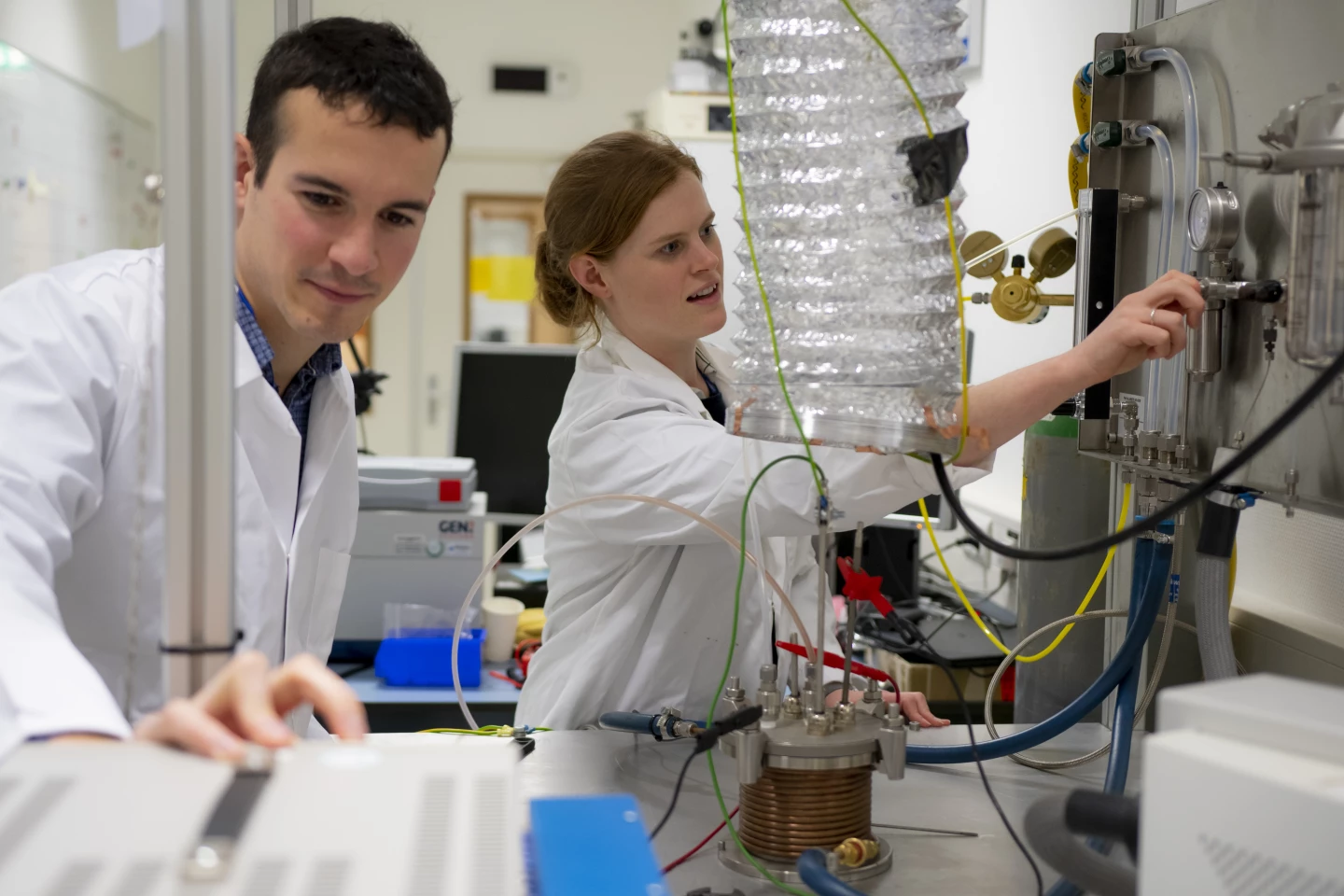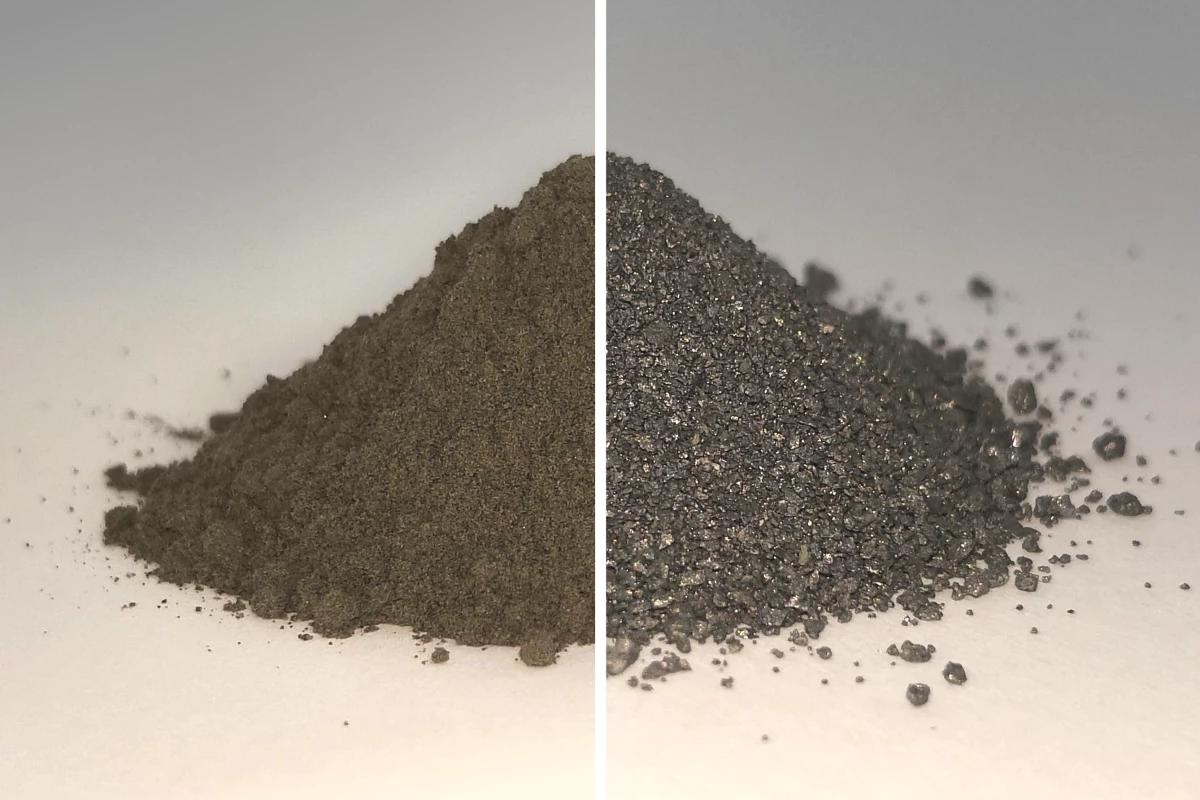The Moon has no breathable oxygen – which obviously presents a hurdle for astronauts. There’s only so much we can take with us, so figuring out how to produce it there is crucial. Now, ESA researchers have created a prototype device that can make oxygen out of the most common thing on the Moon – dirt.
Moondust – more officially known as lunar regolith – has been studied extensively since samples were returned from the Apollo missions. Scientists were then able to reverse-engineer the stuff to figure out how future astronauts could put it to work, including by building bases out of baked bricks of regolith, and even using them to store heat for the long lunar nights.
These previous studies have revealed that oxygen is the most abundant element in lunar regolith, comprising 40 to 45 percent of its weight. The problem is, it isn’t exactly in a breathable form – the oxygen is locked away inside oxide minerals.

But researchers at the European Space Research and Technology Centre (ESTEC) have now developed a prototype oxygen plant that can extract usable oxygen from lunar regolith. The device uses a method called molten salt electrolysis, which involves adding the moondust to a bowl of molten calcium chloride salt, which has been heated to 950° C (1,742° F).
Even at this extreme temperature, the regolith remains solid. Then, an electrical current is applied to the mixture, which pulls the oxygen out of the dust. The molten salt acts like an electrolyte, allowing the oxygen to travel through it and then gather at an anode where it can be collected for use.
This version works as a proof of concept, and with further refining of the process a similar device could one day be sent to the Moon to help maintain a sustainable human presence there.
“Being able to acquire oxygen from resources found on the Moon would obviously be hugely useful for future lunar settlers, both for breathing and in the local production of rocket fuel,” says Beth Lomax, an author of the study.

And oxygen isn’t the only potentially useful product to be extracted from the regolith. Once that vital gas is removed, the leftover stuff contains a mix of several different metals, which could be useful to astronauts for building.
“This is another useful line of research, to see what are the most useful alloys that could be produced from them, and what kind of applications could they be put to,” says Alexandre Meurisse, an author of the study. “Could they be 3D printed directly, for example, or would they require refining? The precise combination of metals will depend on where on the Moon the regolith is acquired from – there would be significant regional differences.”
The team plans to continue fine-tuning the design, with the hopes of getting a pilot plant up and running in the next few years.
Source: ESA






